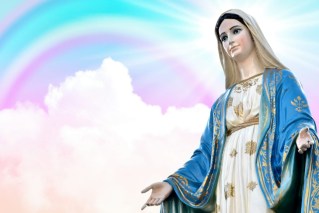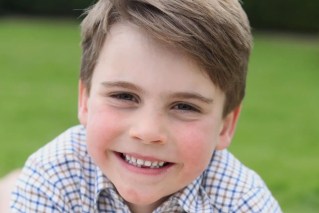Australia at risk of falling behind the world in hydrogen-powered transport


Everyday Aussies are being told to go electric, but long-haul drivers could soon be fuelling up with hydrogen. Photo: Getty
It is hoped that electric vehicles (EVs) will fill Australian roads in the near future, but the national science agency says hydrogen-powered transport is also needed to reach net-zero emissions by 2050.
The CSIRO is calling for more focus to be put on building infrastructure to support hydrogen-powered long-haul travel, and freight transport in particular.
Hydrogen fuel cell electric vehicles (FCEVs) convert fuel into motor-powering electricity through an electrochemical reaction with hydrogen gas and oxygen.
Patrick Hartley, CSIRO’s Hydrogen Industry Mission leader, told TND there are only 14 hydrogen refuelling stations (HRSs) across Australia, meaning it’s not currently feasible to rely on the fuel for transport.
But once the appropriate infrastructure is in place, and enough compatible vehicles have been imported into the country, FCEVs could travel up to 700 kilometres on a single tank – without producing any greenhouse gas emissions.
Australia falling behind on hydrogen
In 2022, the transport sector made up 19 per cent of Australia’s emissions.
Australia has enough natural resources to supply itself with hydrogen without need for imports, but Dr Hartley said the country was a little late to the party and needs to work hard not to be left behind, with counterparts such as France already seeing vehicles such as hydrogen-powered taxis hit the streets.
Globally, more than 80 per cent of HRSs are located in California, China, Germany, Japan and South Korea, the CSIRO found.
Government policy has been a key factor in these regions’ development of HRSs, with clear emissions reduction targets expected to render fossil fuels unviable, driving a pivot to alternative fuels.
“It’s fair to say we started a little late into it, so we’re actually moving quite quickly now,” he said.
“But it’s moving very, very fast in other countries, so to remain competitive, and to capture the opportunity for making hydrogen and even exporting hydrogen … we do need to build the infrastructure and get the technology deployed.”
The focus on using hydrogen to fuel the heavy-vehicle segment comes as the size of batteries that would be needed to run fully electric vehicles like trucks would be too heavy, potentially interfering with payloads, Dr Hartley said.
A recent CSIRO report also found FCEVs need fuel tanks up to 10 times larger than petrol or diesel-powered vehicles.
Although much of the focus has been on increasing the adoption of EVs by average Australian drivers, the federal and state governments have plans to create a ‘national green hydrogen highway refuelling network’ on Australia’s busiest freight routes.
Plans for a greener future
The majority of hydrogen being used today is derived from fossil fuels such as natural gas and coal.
But Steven Percy, senior research fellow at the Swinburne University of Technology Victorian Hydrogen Hub, said the work is under way to make sure the fuel of the future is green.
“There’s innovations happening around electrolyser manufacturing where you basically use renewable electricity to separate hydrogen from water, and you end up with oxygen gas and hydrogen gas,” he said.
“If the energy that’s gone into that process is renewable energy, then there are effectively zero emissions associated with the energy going into the production.”
There are “numerous projects” to jumpstart Australia’s future of FCEVs in the works, many of which are expected to be up and running by 2025.
These plans include the likes of Countrywide Hydrogen’s Tasmania-based green hydrogen projects, which are targeting production and supply of the product by mid-2025 – which is being timed to coincide with increased availability of FCEVs.
Dr Percy said the ultimate goal is to produce green hydrogen at less cost than the fossil fuel-derived version, something which the industry is actively working towards.
This year, the government announced a $2 billion Hydrogen Headstart program, which aims to bridge the gap between the cost of hydrogen production and the sales price of hydrogen or its byproducts.
As the industry gets bigger, and more is learned about the production of green hydrogen, Dr Percy said the cost of the environmentally-friendly product will come down.








